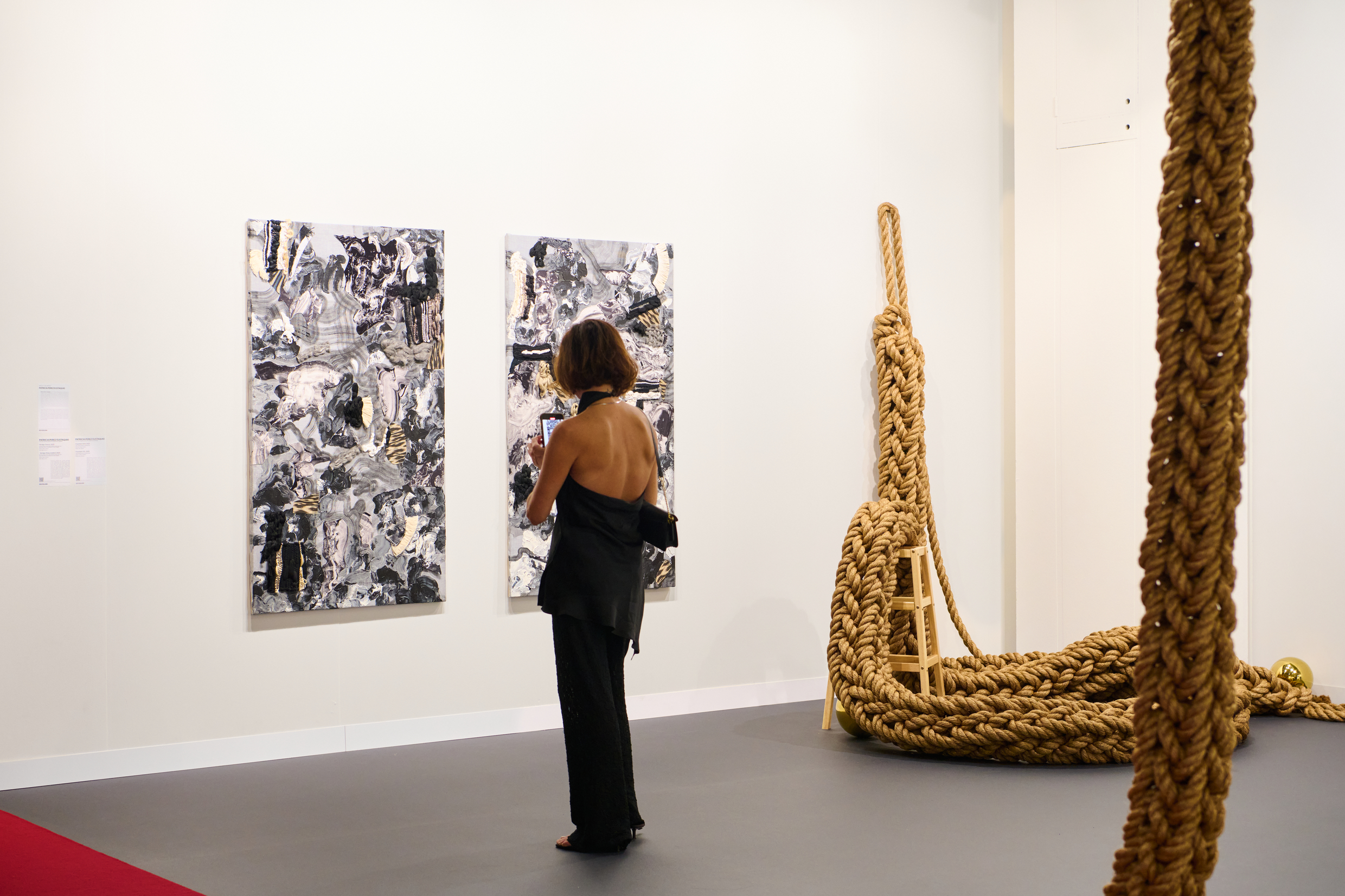
Sometime in the past three years, the market for ultra-contemporary paintings hit a ceiling and came tumbling back to earth, sending the art market spiraling into what the industry optimistically calls a “reset.” Collectors, newly reminded of the fact that the vast majority of art depreciates, are reconsidering how much they’re really willing to pay for little to no financial return.
The answer is less, according to art economist Clare McAndrew, author of the Art Basel & UBS Art Market Report. The 2025 edition found that while sales for works priced $10 million or higher have fallen off a cliff, sales for works $5,000 or less actually grew. “It means people are buying maybe not for investment,” she said in a recent video interview, “but things they actually like.” Imagine that!
Now that we’re officially in a buyer’s market, we asked gallerists, advisors, and collectors what kind of works we could find with just $10,000. The answer: a lot more than you think. Here’s a guide to how.
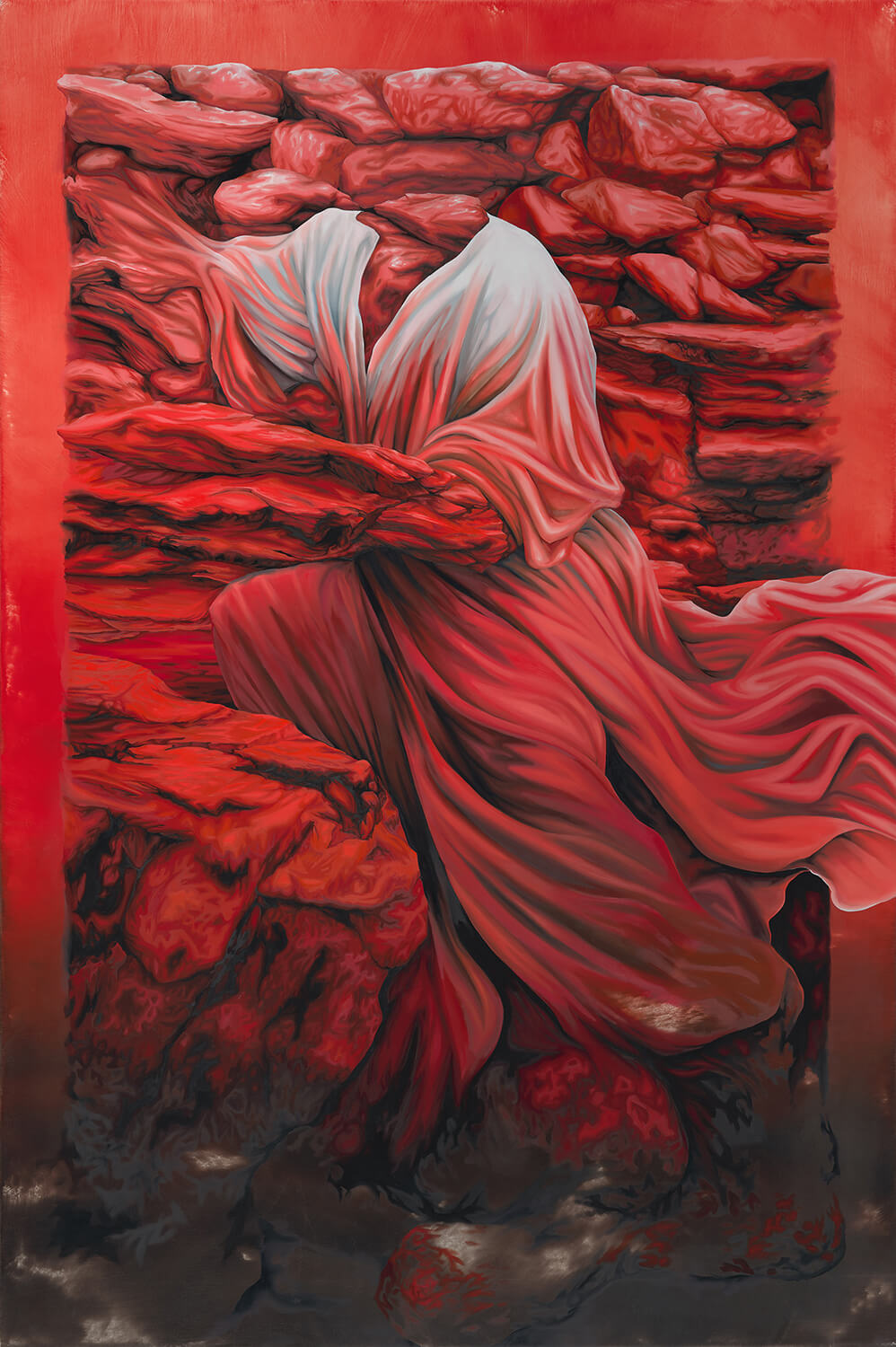
First: What Makes Art So Expensive?
There’s a difference between value and price. Longtime Belgian collector Alain Servais says he measures artistic value in terms of “the cultural weight of a work of art, its relevance for the time, its originality, its depth of content and purpose.” Price, on the other hand, is a reflection of demand, which fluctuates according to a range of factors like the size and medium of the work, the buzz around an artist, and prevailing taste.
Start Small, in More Ways Than One
Since part of the logic of pricing is scale and scarcity, small pieces by emerging artists are often the most affordable, according to Los Angeles gallerist Ariel Pittman. Her gallery, Official Welcome, features inventory under $2,500—including small-scale paintings and photography—on its online shop. In response to our inquiry for inventory under $10,000, the LA dealer Chris Sharp responded with effervescent Angeline Rivas paintings from $4,500 and wall-mounted sculpture by the Oakland-based duo CrossLypka for $7,500. Smaller galleries like these, having relatively low overhead, are better positioned to deal in affordable work.
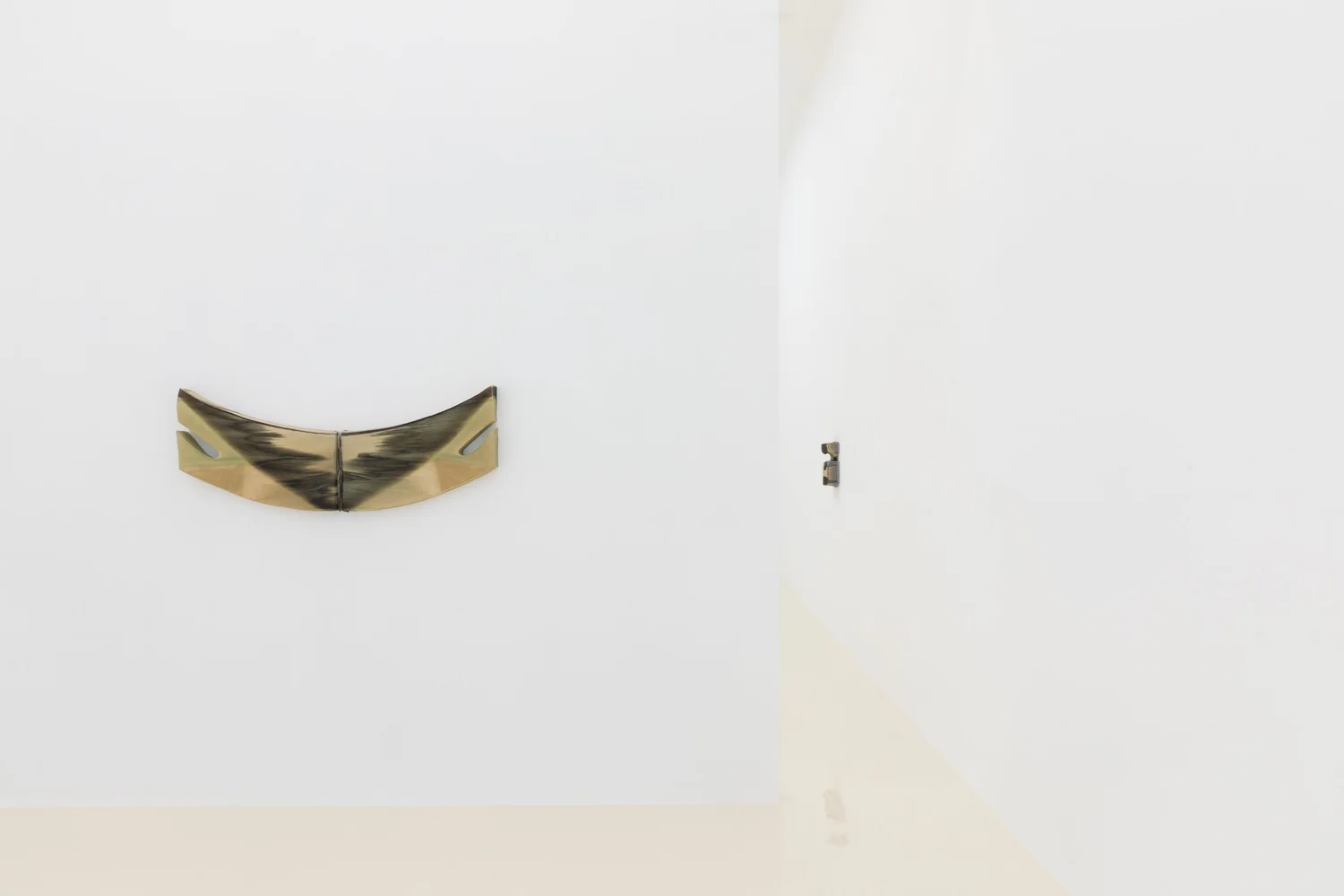
Choose Fairs Wisely
Similarly scaled, reputable dealers often participate in upstart fairs like Dallas Invitational, LA’s Post Fair, and U-Haul Gallery’s An Art Fair, which swaps convention-center booths for shipping trucks. It debuts as an Armory Show satellite in New York this week.
At more corporate fairs, seek out sections dedicated to emerging artists and galleries, like Presents at the Armory Show and Discoveries or Premiere at Art Basel. If you have the budget to travel, cities with lower costs of living generally ask lower prices. The Mexico City-based advisor Veronica Fernandez says that at local art fairs Material and Salon Acme, $10,000 could easily finance “two to three acquisitions.”
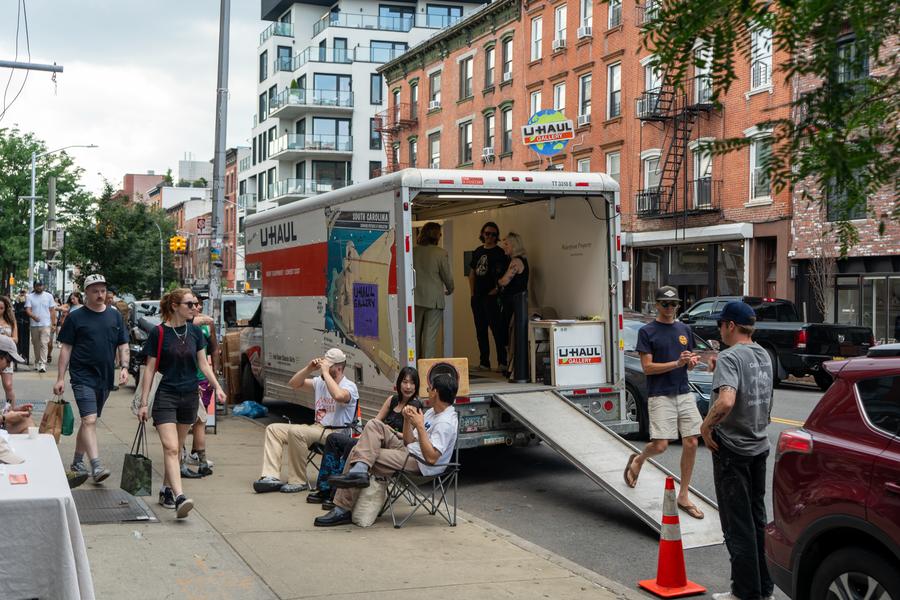
Seek Out Drawings, Prints and Multiples
Pittman, who has worked at Vielmetter and Various Small Fires, notes that at every phase of her career, there’s always been something she could offer within our price range. (She also adds that she was happy to work with any new client “who came into the gallery somewhat regularly, was engaged, and clearly an art lover.”)
At major galleries, you are likely to find success with drawings, prints, and multiples (art objects produced as editions). Christie’s provides a solid introduction to the world of editions here. Even a gallery with multiple international locations like Sprüth Magers had two pieces by the late great Kaari Upson, whose sculptures can run upwards of $250,000: one editioned 2020 ceramic cup for $4,800, and a 2008 work on paper for $10,000.
While buying directly from galleries is the best way to build long-term relationships, you can also find prints at reputable publishers like the iconic Gemini GEL, Lapis Press, and Jungle Press.
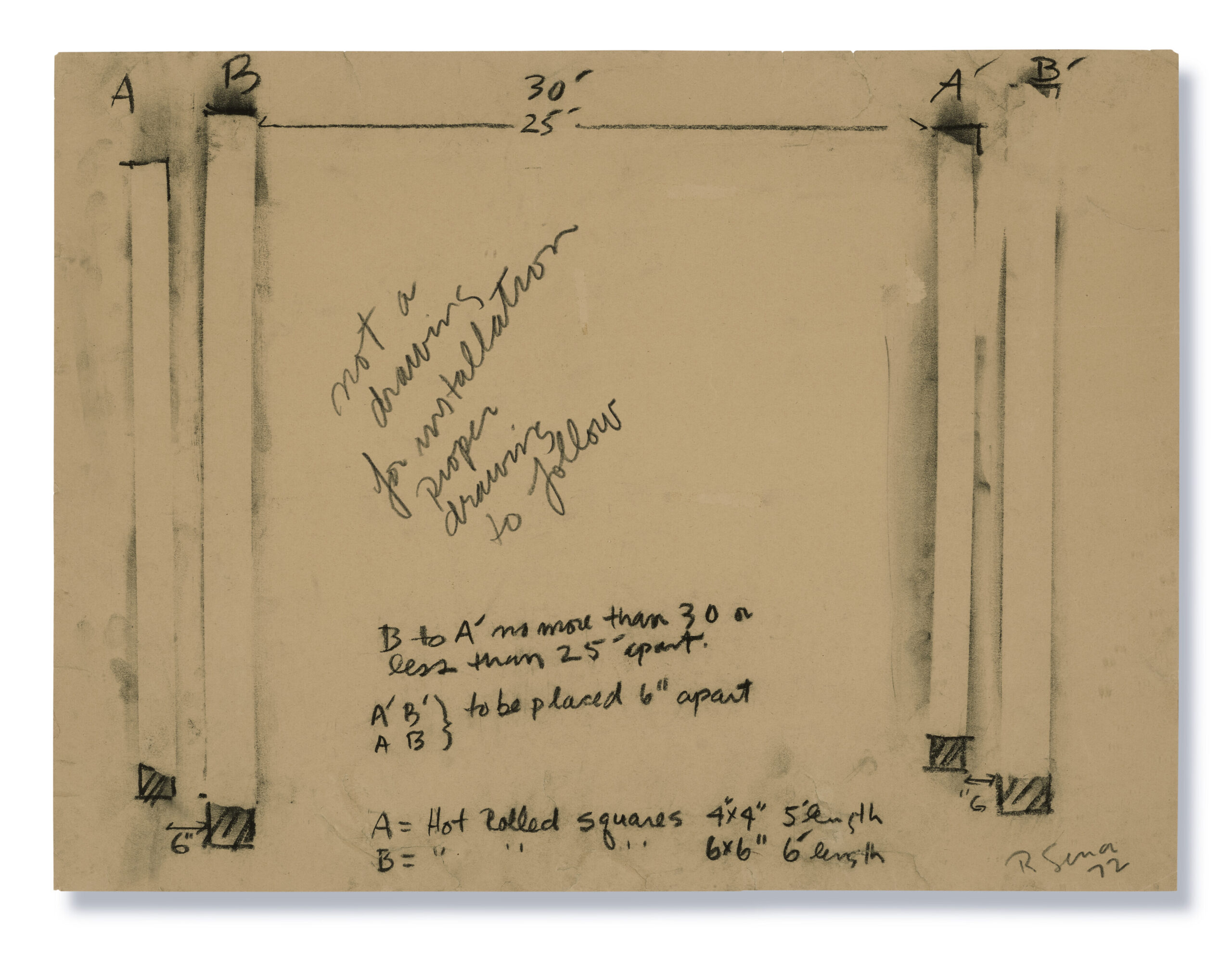
Don’t Write Off the Auction Houses
At the “big three” auction houses (Christie’s, Sotheby’s, and Phillips), Servais says he regularly buys great works at “20 to 50 percent of the primary prices,” or the price he would have paid when the work was sold for the first time at a gallery. Christie’s Postwar and Contemporary auction in July featured some fun, extremely reasonable gems: a 2010 porcelain vessel by Shio Kusaka for $1,512; a 1972 charcoal drawing by Richard Serra for $2,772; a print by Mona Hatoum, one of 15, for $1,890; a miniature LED sign by Jenny Holzer from 1995, edition of 100, for $3,528.
For best results, Fernandez says to stick with reputable auction houses and do your homework: read the condition report, see the piece in person, and research auction records for similar pieces. You can also track down the gallerist who might have sold the work originally or who works with the artist to see if they have any insight. In the current market, she notes, “People have the time now to have these types of conversations.”
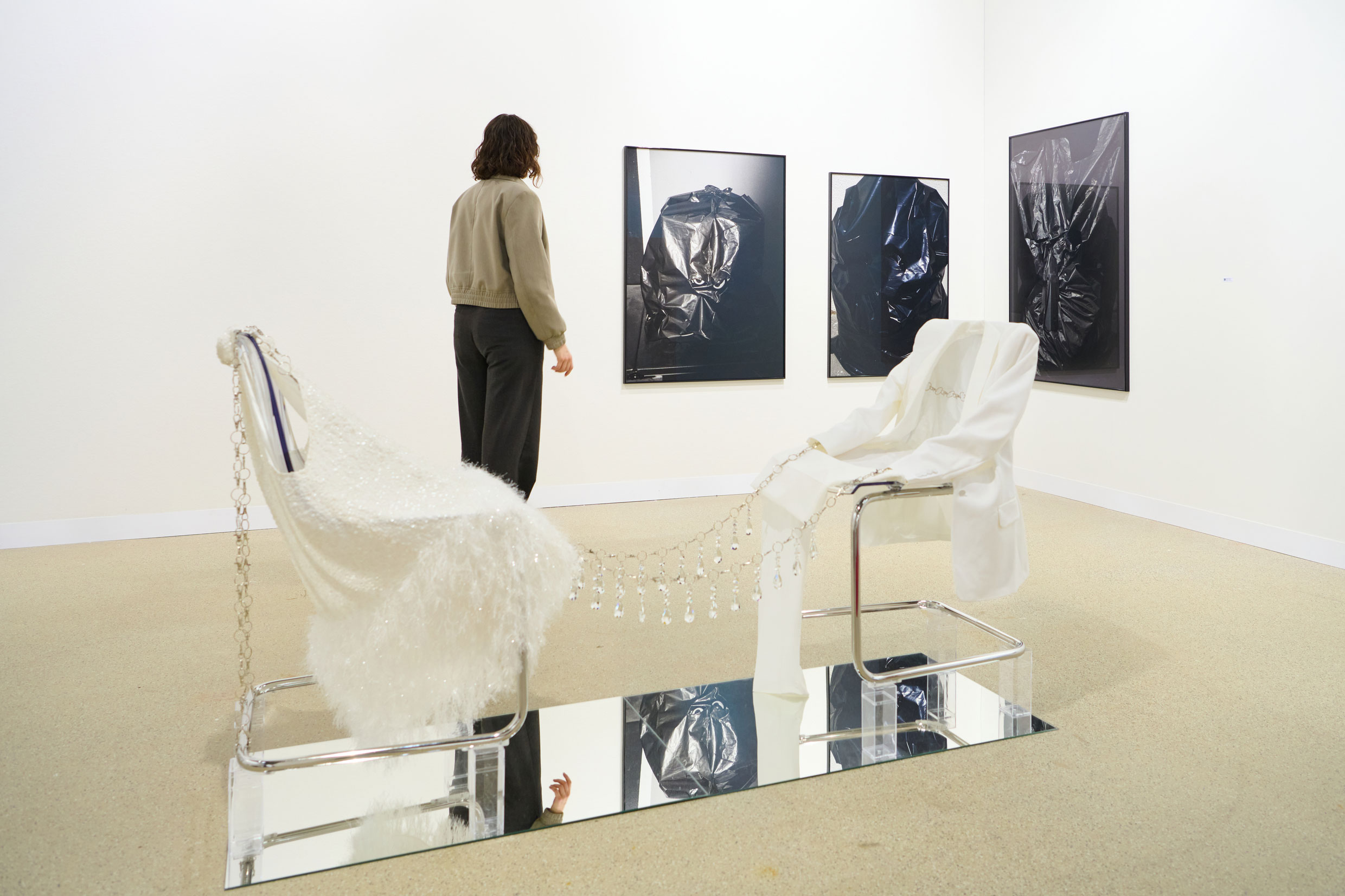
Go for Institutionally Celebrated Yet Commercially Underrated
One strategy is to identify whatever trend is in high demand and go running in the opposite direction. Painting is the most speculated upon and most expensive category of art. Other mediums like photography and sculpture remain comparatively reasonable. At the LA gallery M+B, $10,000 buys small- to mid-size prints by 20th-century photographers like Norm Clasen and Hugh Holland. At Adams and Ollman of Portland, Peggy Chiang’s beguiling and surrealist sculpture starts at $4,000.
Conceptual art also perpetually flies under hype’s radar. At the Dallas gallery Tureen, $10,000 can get you early-1980s editions by Celia Álvarez Muñoz, a Tejano Pictures Generation artist collected by dozens of museums. (Unique works cost roughly four times more.)
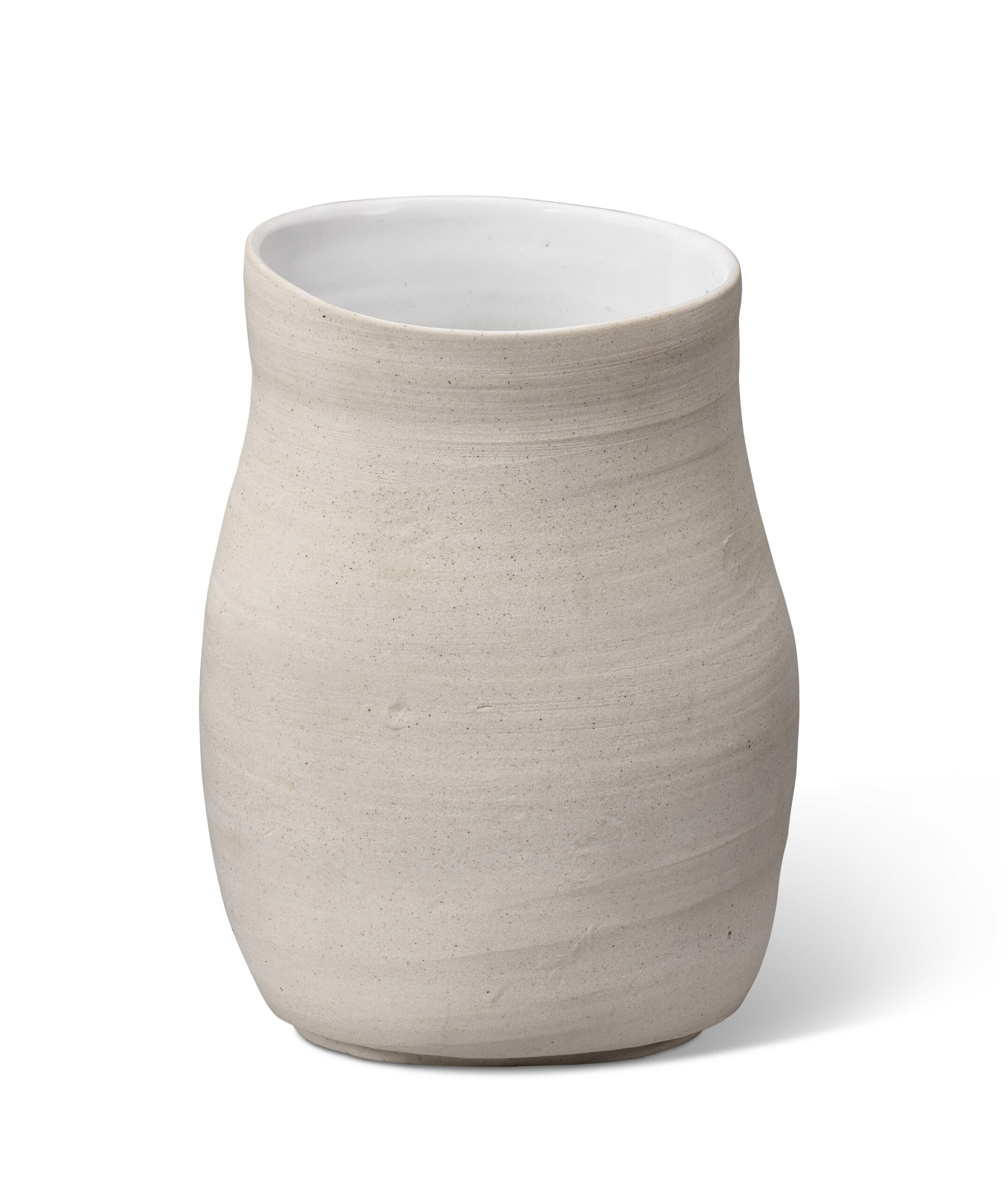
Shop Biennials and Fundraisers
Servais’s super-collector hack is shopping biennials, where he estimates “20 to 30 percent of the artists have no gallery representation.” During the 2013 Lyon Biennial, he fondly recalls, he bought a digital work by Ian Cheng directly from the artist for a mere $9,600.
Another spot for great deals are fundraisers for arts non-profits. At the Feminist Center for Creative Work, a friend of Pittman’s recently won an original work by Andrea Bowers for the price of a $150 raffle ticket.
Always Ask for a Discount
“Is there any room on the price?” is a nice way to ask, but a straight up, “Can you give me a discount?” works too, says Paris-based dealer Brigitte Mulholland. There’s no need to be shy about it. “It’s not rude,” she says, “and 10 percent I think is honestly just built in as a courtesy.”
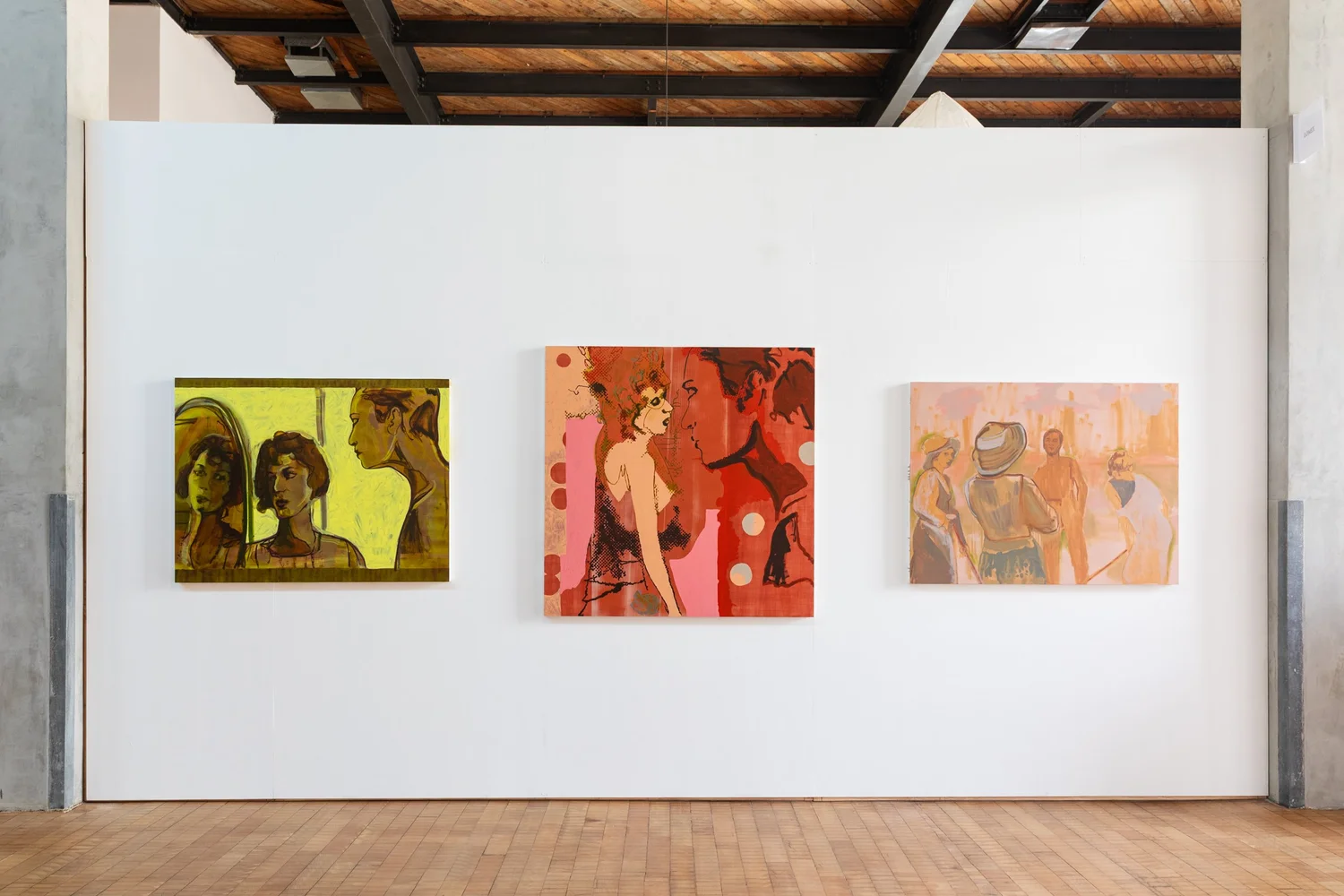
Get to Know Your Own Taste
In addition to institutions, you should also follow your own taste. “Developing and interrogating your interests, challenges, and pleasures is the juicy and delicious part of loving art,” Pittman notes.
“Train your eye and build your confidence by making mistakes,” Servais adds. Most importantly, take your time to avoid buyer’s remorse, he says. “Art is easy to buy but stickier than a chewing gum under your shoe when you want to sell it.”










 in your life?
in your life?

